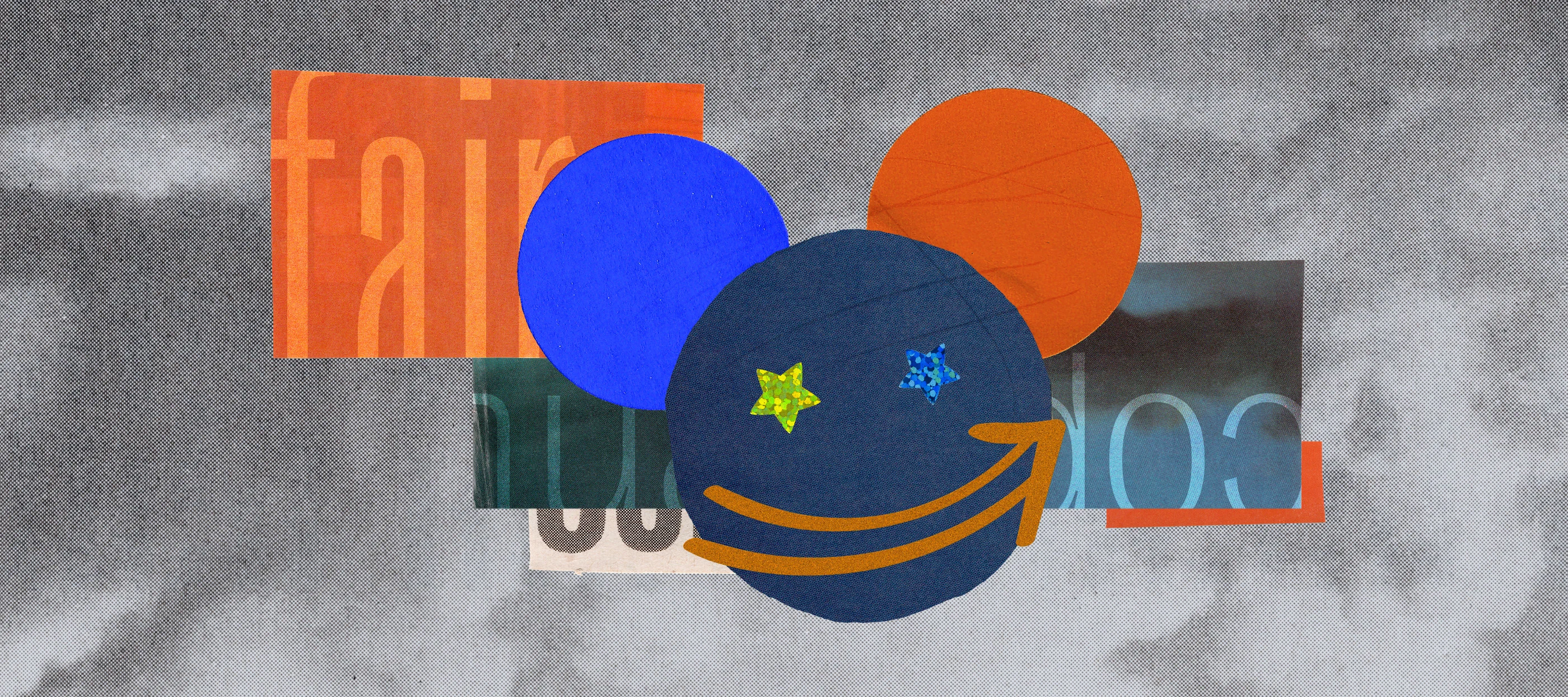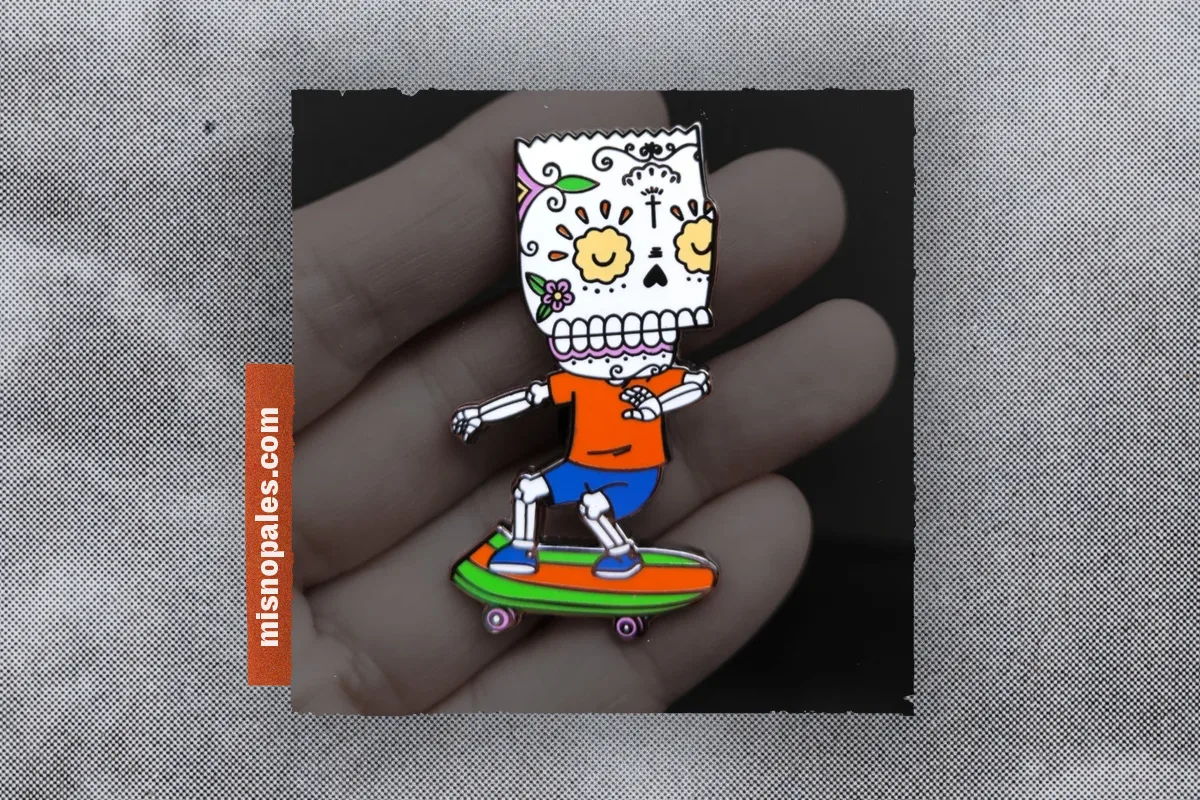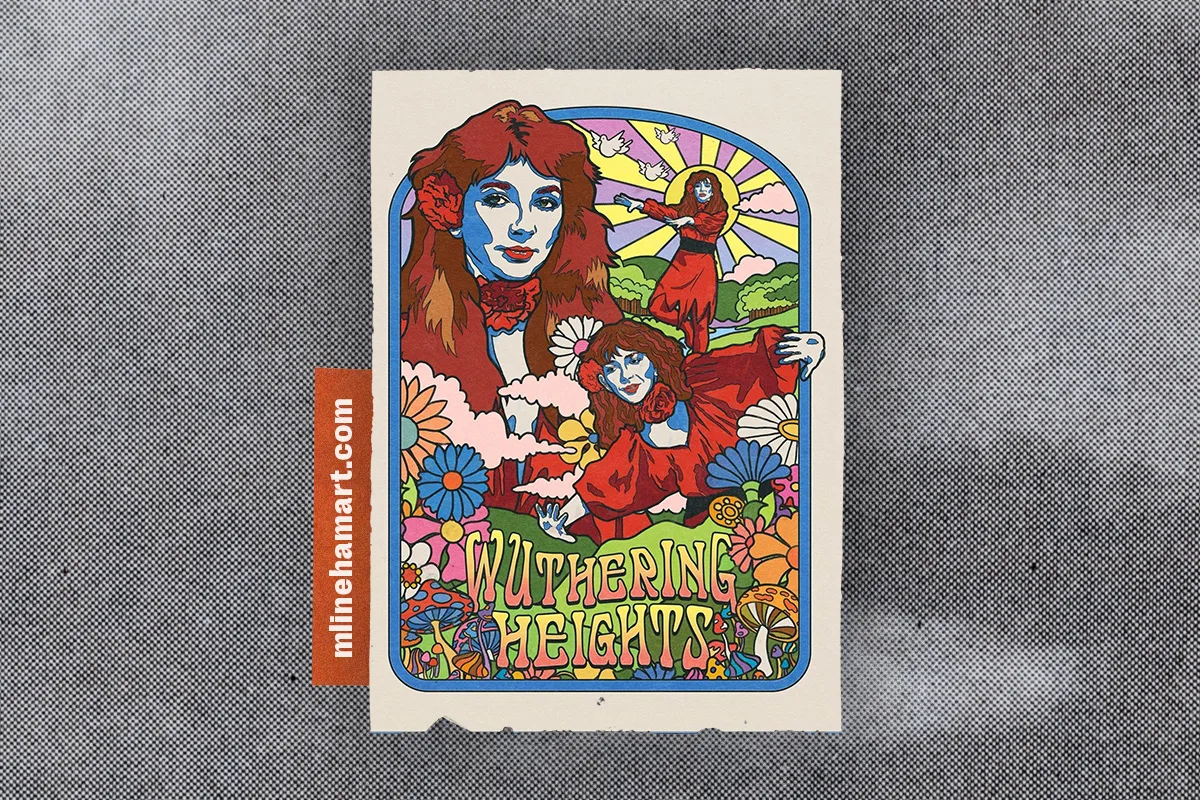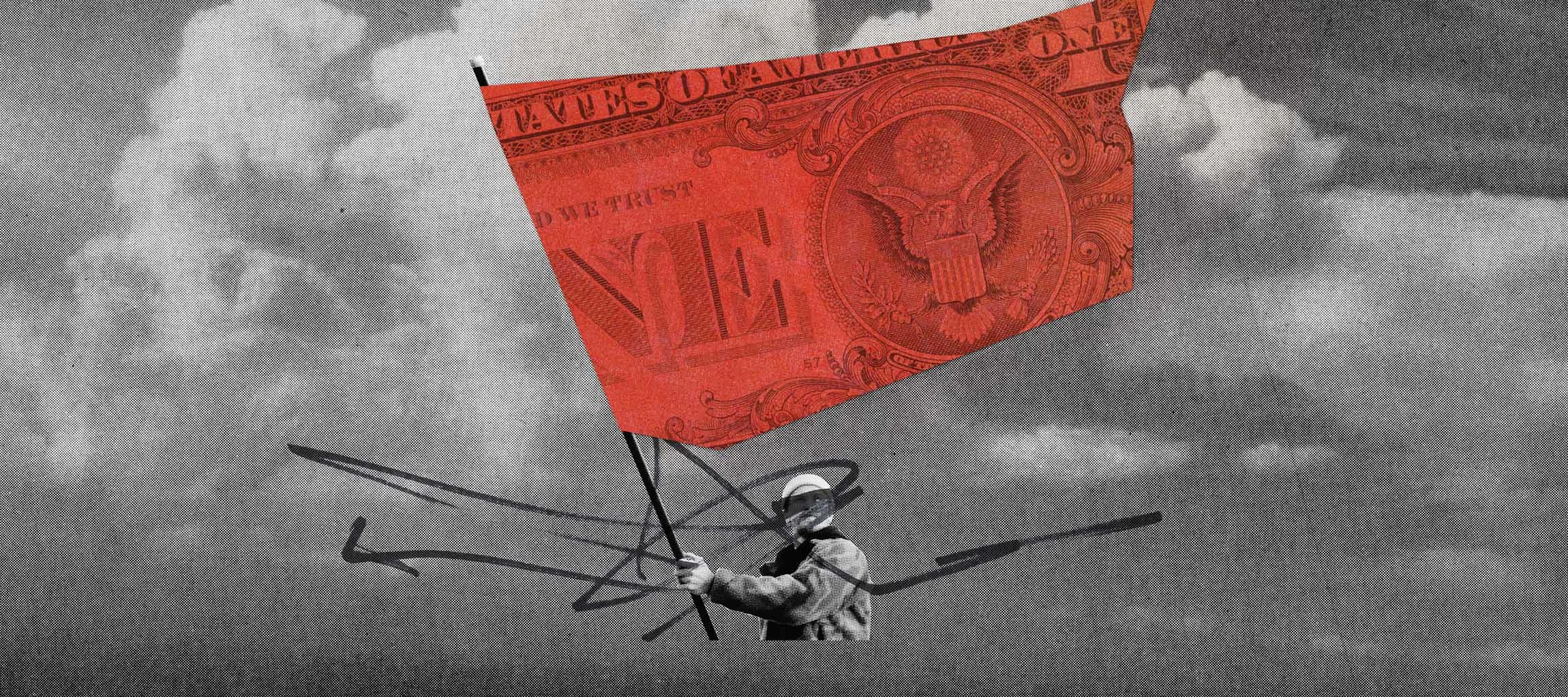All’s Fair With Fair Use
- 17 October 2022
- ByBig Cartel
- 8 mins. read

Inspiration for creating art or products comes from everywhere. Some creators imagine the future or reference the past. Some draw from dreams or look to nature. And some enjoy responding to the existing media around them: favorite TV shows, funny phrases from their go-to podcast, or all those famous logos from high-end designers. But when you're building on ideas or designs originally created by someone else, it's important to ensure you are creating your own work and not just reproducing what another artist made.
We love a witty, nostalgic tee or parody pin, but ripping off other artists isn’t allowed on Big Cartel (or anywhere else). Let’s talk about copyright infringement and fair use so you can spot the difference, stay on everyone’s good side, and make great work.
The basics of copyright
As soon as a creative work is out in the world, its creator owns the rights to it—this is the basis of copyright. So if I draw a horse (that really looks more like a dog, for some reason?) today and tomorrow you decide to put that exact horse-dog drawing on a T-shirt, you'd need my permission to do so. I might say "sure, go ahead," or "yes, if you pay me $1 for every shirt sold," (hey, that's called licensing!) or "no, I want to be the only person making horse-dog shirts." This highlights the biggest rule of thumb for copyright: when in doubt, ask permission.
In any instance of copyright enforcement, it may be required to state the date of creation or publication. It stands to reason that the earliest instance of something belongs to the original creator, so this proves ownership. If you send out a newsletter announcing your new work or product, that may be a great time stamp. It's not necessary to officially register your work with the Copyright Office, but that extra step can make it easier to show ownership with your most popular designs.
What is fair use?
It should make sense that you can't grab an exact replica of someone's logo, character, or design and print it on your products—selling unauthorized T-shirts with the Superman shield on them, for instance. That'd be clear copyright infringement and can be an expensive mistake. But drawing your own illustration that depicts Superman and Batman drinking from one milkshake, two straws? Now you’re in “fair use” territory.
The concept of “fair use” allows artists to transform copyrighted designs into new work without permission of the original copyright owner. According to the U.S. Copyright Office, “a transformative use adds new purpose, meaning, or message not present in the original.” It’s difficult to say definitively if your idea will be considered fair use or not because judges make that decision on a case-by-case basis only after someone gets sued and goes to court. But looking at the criteria judges use to determine fair use can help you objectively consider your own designs.
The factors that decide between copyright infringement and fair use:
Is the copyrighted work factual or creative in nature? Creative works, like novels, photographs, or films, have stronger copyright protection than factual works (such as technical manuals).
What is the purpose and character of the new work? Non-commercial or transformative use is more likely to be considered fair.
How much of the original work are you borrowing? Using large amounts or the “heart” of a copyrighted work is less likely to be considered “fair use.”
Are you impacting the copyright owner's potential income? If the new work does not impact the value of the original work, it’s more likely to be fair use.

Bart Calavera enamel pin from Jose Pulido
Fair use in practice
Let's take a look at Jose Pulido's Bart Calavera enamel pin, which is a fun and (in my opinion) clear reimagination of the original Simpsons character. Since the artist has made significant changes to the original character by transforming his head into a calavera skull and his body into skeleton bones, there's no confusing his parodic creations for official Simpsons merchandise.
While a big company may have more attorneys on staff looking for violations (Disney is notoriously litigious when it comes to defending their copyright), they also distribute their work far and wide, making it part of the zeitgeist. If you stole an unpublished or little known work, a judge (and your fellow creators) would frown on that more harshly. Play fair and don't steal from the little guys, okay?

Wuthering Heights art print from Matthew Lineham
How much of the original work are you borrowing?
To put it plainly: the less you take, the more likely your products are to happily exist without issues. Matthew Lineham creates prints that celebrate recording artists in a way that honors them without copying. This Kate Bush print references the music video and song title, but in Lineham’s unique style. The artwork doesn't match any promotional images from the recording artist, and it transforms the original medium from video to illustration, but fans will still recognize the source of inspiration.
So put away the tracing paper! A line-for-line recreation of an existing logo or central character is going to be harder to defend than a smaller detail drawn in a different style. Stay away from printing lunchboxes with an album's title, and instead consider a tribute to your favorite lyric from a B-side. People that love the work you're referencing as much as you do will appreciate the niche content.
Are you impacting the copyright owner's potential income?
If a copyright owner can argue that your products interfered with their ability to earn money or sell their own goods, you could be in trouble. If you're selling products that look like official branded merchandise, they could confuse shoppers who intend to get the "real" thing. When creating a parody or inspired product, try a product type or art style not used by the copyright owner. It's a more unique offering, and you're not stepping on their toes.
The scenario in our blog post Dealing with Design Theft is a pretty clear case of impacted income. Instead of buying or licensing the designer's enamel pin designs (a move that would contribute to her income), a large retailer sold several enamel pins with uncomfortably similar designs, at a lower price point. The copyright owner didn't receive the initial sale, potential customers were scooped up by the large retailer, and the perceived value of those enamel pins were undermined by that lower price.
While we're giving some initial thoughts on how to approach parody or inspired work, do your own homework to make sure you've adequately transformed the source material. Read more about Copyright and Fair Use online:
17 October 2022
Words by:Big Cartel
- Share
